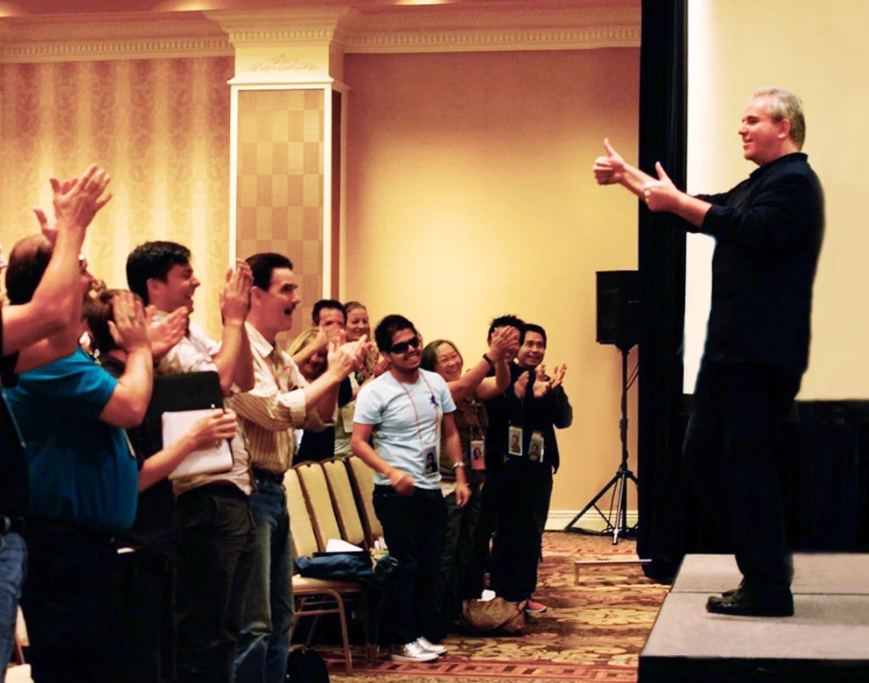Team Building Exercises: Boosting Collaboration and Success
Team Building Exercises: Boosting Collaboration and Success
In today’s fast-paced workplace, collaboration is no longer optional. Success depends on how well people communicate, solve problems, and support one another. That’s why team building exercises have become an essential tool for companies that want happier employees and stronger results.
But team building isn’t just about fun activities or icebreakers. When chosen carefully, team building exercises strengthen trust, enhance problem-solving, and build a culture where people thrive. Whether you run a small business, manage a corporate department, or lead a start-up, the right activities can transform your team.
Why Team Building Exercises Matter
The value of team building exercises lies in their ability to create shared experiences. People don’t just remember what they did; they remember how they felt and how they connected with colleagues. These exercises deliver:
Improved communication. Structured activities encourage clear dialogue and active listening.
Problem-solving skills. Many team building exercises involve puzzles, challenges, or scenarios that demand creative thinking.
Higher morale. A sense of achievement and fun boosts energy and engagement.
Stronger trust. Teams that tackle challenges together build confidence in one another.
In other words, well-designed team building exercises help teams move from being groups of individuals to cohesive, effective units.
Popular Types of Team Building Exercises
Not all activities suit every team. The best team building exercises are chosen with specific goals in mind. Here are some popular formats:
1. Problem-Solving Challenges
Escape rooms, scavenger hunts, or puzzle-solving tasks test creativity and collaboration. These team building exercises encourage quick thinking under pressure and highlight leadership qualities.
2. Outdoor Adventures
Hiking, obstacle courses, or survival-style tasks promote resilience and trust. Physical challenges help teams break down barriers and rely on each other.
3. Communication Games
Activities like “Two Truths and a Lie” or storytelling circles strengthen interpersonal skills. These team building exercises highlight the importance of clarity, listening, and empathy.
4. Creative Workshops
Cooking classes, painting, or music sessions allow teams to express themselves in new ways. They encourage innovation and collaboration beyond daily routines.
5. Professional Development Activities
Workshops on leadership, negotiation, or problem-solving blend fun with business value. These team building exercises build practical skills while uniting teams.
How to Choose the Right Team Building Exercises
Not all activities work for every team. To select the best team building exercises, ask yourself:
What’s the goal? Are you aiming to improve communication, resolve conflicts, or simply boost morale?
What’s the team dynamic? Introverted groups may prefer creative or problem-solving activities over high-energy adventures.
What’s the budget? Team building exercises range from simple in-office games to full weekend retreats.
What’s the context? A new team might need icebreakers, while an established one might benefit from strategy-focused challenges.
The right fit ensures maximum impact.
The Benefits of Regular Team Building Exercises
One-off events are useful, but the real power comes from making team building exercises a regular part of company culture. When teams consistently engage in structured collaboration:
Trust deepens over time.
Communication becomes second nature.
Morale stays high, reducing turnover.
Problem-solving improves across all projects.
In short, these exercises aren’t just “extra” activities. They’re investments in long-term success.
Real-World Examples of Success
A financial services company struggling with siloed departments ran quarterly team building exercises focused on problem-solving. Within six months, collaboration across departments improved significantly, leading to faster project completion.
A creative agency in London introduced monthly communication-based games. Staff reported feeling more connected, and client feedback scores rose by 15%.
These examples show that team building exercises aren’t just fun—they have measurable impact.
Common Mistakes to Avoid
Not all team building exercises succeed. Here are some pitfalls to avoid:
Lack of clear goals. Activities without purpose may feel like a waste of time.
One-size-fits-all. A ropes course might thrill some but terrify others. Choose inclusively.
Neglecting follow-up. Without reflection, the lessons from exercises fade quickly.
Making it too corporate. Team building should feel engaging, not like another meeting.
With the right planning, you can avoid these mistakes and get the most from your activities.
Tips for Running Successful Team Building Exercises
To maximise the impact:
Set expectations. Let the team know why the activity matters.
Encourage participation. Create a safe, supportive environment where everyone feels involved.
Blend work and play. Fun keeps energy high, but reflection ensures lessons stick.
Gather feedback. Ask participants what worked and what could improve.
These steps turn a good event into a transformative experience.
The modern workplace demands collaboration, trust, and creativity. Team building exercises provide a proven way to strengthen all three. They bring people together, reveal hidden talents, and create lasting bonds that improve performance long after the activity ends.
Whether you choose a problem-solving challenge, an outdoor adventure, or a simple communication game, the key is to align activities with your team’s needs and goals.
Investing in team building exercises isn’t just about fun—it’s about building stronger, more successful teams. And in today’s competitive world, that’s an investment no business can afford to ignore.





